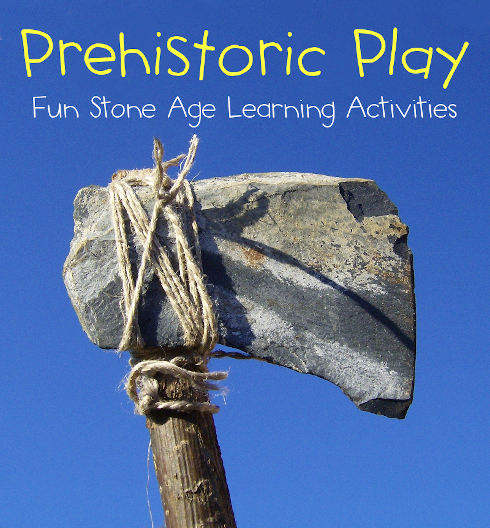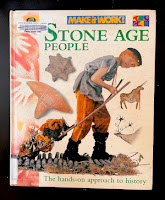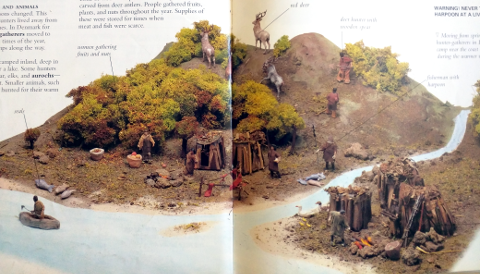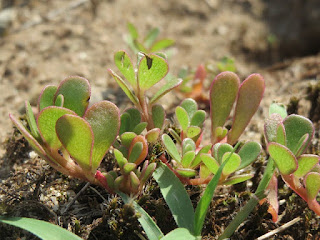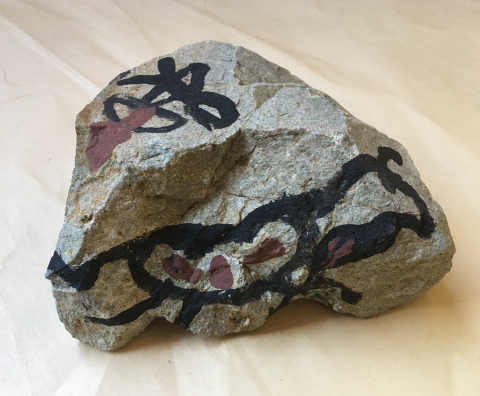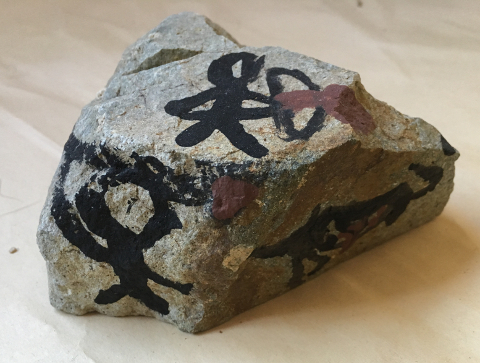Would you like some fun activities to do with your children to help them learn about what life was like in per-historic times? Here are some the things I did with my son to help him learn about the Stone Age.
Suggested Books
First, we read the books below to build interest and learn more about what life was like in the Stone Age. Both of these books are available at Waco Libraries, and The First Dog is also available at the Hewitt Library.
The First Dog, by Jan Brett, is a beautifully illustrated story about a boy and a wolf who befriended him, and became the first dog. It's a wonderful piece of fiction to get kids interested in life in the stone age. There are some great activities listed below to go with this, but I also found this whole page of activities to use with The First Dog if you want to do more, or do something different.
Stone Age People is an excellent non-fiction book to explore more about this part of history. Its part of the Make It Work series, which has a lot of crafts and projects kids can do related to the topic, as well as a lot of great historical information. Everything is presented in the form of a model or presented by real kids dressed as ancient people.
My son was pretty young when we first read this, so I didn't read all the text. We looked at the pictures and talked about what was happening and read some of the sections that told more about things he was interested in. We spent a lot of time on the page below talking about what the people were doing.
Activity: Hunter Gatherer Hike
Materials:
- Straight branches (and something to cut them with)
- Twine
- Cardboard
I made some really simple toy bows and arrows and spears. SERIOUSLY SIMPLE. Those are branches from our tree and some weed stalks (we have some really vigorous roadside weeds here in Waco...I suggest wild goldenrod if it lives near you). The string is just brown yarn, and the tips are cardboard.
The bows actually sort of worked (they could shoot the "arrows" a few feet...not fast enough to hurt anyone, but far enough to be "cool."
I attached the tips of the spears by splitting the top of the branches and inserting the cardboard ...then binding yarn around to make it tighter. If I had thought better I would have cut a "shaft" on the tips and wrapped the yarn around that. They might have stayed on longer that way....but they worked well enough. We invited another family to go along, and the kids enjoyed using these.
I've seen some other bow versions that may shoot a little better made from bamboo or PVC (And I love the idea of an eraser capped arrows). If you have older kids and want to try your hand at making a really realistic primitive arrow (with bone), there's a nice tutorial here.
After making our arrows we headed for the nature trail. We didn't know beforehand that the trail had been decorated with funny scarecrows for Halloween, so we ad-libbed and wondered out-loud who had made these strange statues, and what they might mean.
One of the kids found snails and we talked about how that would be great in our soup that night (No, we didn't really eat them...no wild escargot for us!).
We stopped for a break of seeds and berries my friend had brought (um..."gathered earlier"), and then hiked down to a small stream. I had hoped to find animal prints near the muddy bank...we did find one dog print (um...I mean..."wolf" print), and lots of tiny fish we pretended to catch for supper. AND, my friend found an edible plant, purslane, which we tried, with mixed reactions (her daughter hated it so much she drank her whole water bottle to wash away the taste away...but I liked it. It sort of tastes like lettuce.).
Be careful if you are trying any real "foraging."...do your research beforehand and only try things you're sure about. Purslane actually has a poisonous doppelganger, spotted spurge, so make sure you study up on look alikes and know how to tell the difference before sampling. There is a picture of purslane and it's poisonous look-alike at the bottom of this page on Foraging Texas, for comparison.
Also, you want to make sure to wash anything well before you eat it (you can rinse with a water bottle), and avoid collecting anything where pesticides or herbicides might have been sprayed (our purslane was found well off the beaten path so should have been safe from those).
Here's some other wild edibles you might find while hiking in Waco...
Blackberry is pretty easy to spot. You want to only eat the dark black/purple berries. The red ones, while they may look like raspberries, are way under-ripe.
Dandelion was the first edible plant I tried. You can eat the whole thing, from petals to root (though the root should be cooked or dried). The leaves and petals have a peppery flavor and are something kids can try on the trail. They are rather bitter though...so your child might not want to chomp on a whole flower.
While dandelion has quite a few look-a-likes in Texas, all of them that I'm aware of are edible too. There's a list at the bottom of this page.
For learning more about edible plants in Texas I suggest browsing the Foraging Texas site.
Activity: Rock Art
Materials:
Rocks
Paint*
Pain Brushes*
(*You can also make your own paint and brushes...see notes below)
We did this rock art activity at my son's school years after our hike, but I thought it would fit well here. You could even do this rock art using rocks and materials you find on your hike if you want to.
The kids in my son's class were learning about the prehistoric artwork in the Lascaux caves. Archeologists and historians call ancient rock are "petroglyphs."
For a precursor to this activity can watch this video about the Lascausx Caves or this shorter video about these caves here, or take a 365 degree virtual tour here (this interactive Pano on FB is also cool).
First, I collected rocks to paint on. Because of time we just used regular paint...but I tried to match the colors to those used in the Lascaux cave, and we talked about why they used those colors and what materials they would have made their colors with. You can also make your own paint using minerals or gathered material, which would be really fun. For older kids, this article has more about prehistoric paints, and they have some links toward the bottom to paint-making activities that look more at the chemistry of making paints. You can also have kids make their own paint brushes using natural material like sticks, hair, leaves, or grass.
Here's our rock art. Our son really enjoyed this.
You can see he made hand-prints on the cave wall, like some of the cave art we had looked at, and a wolf like the story of the The First Dog (in this version the wolf had a pup).
